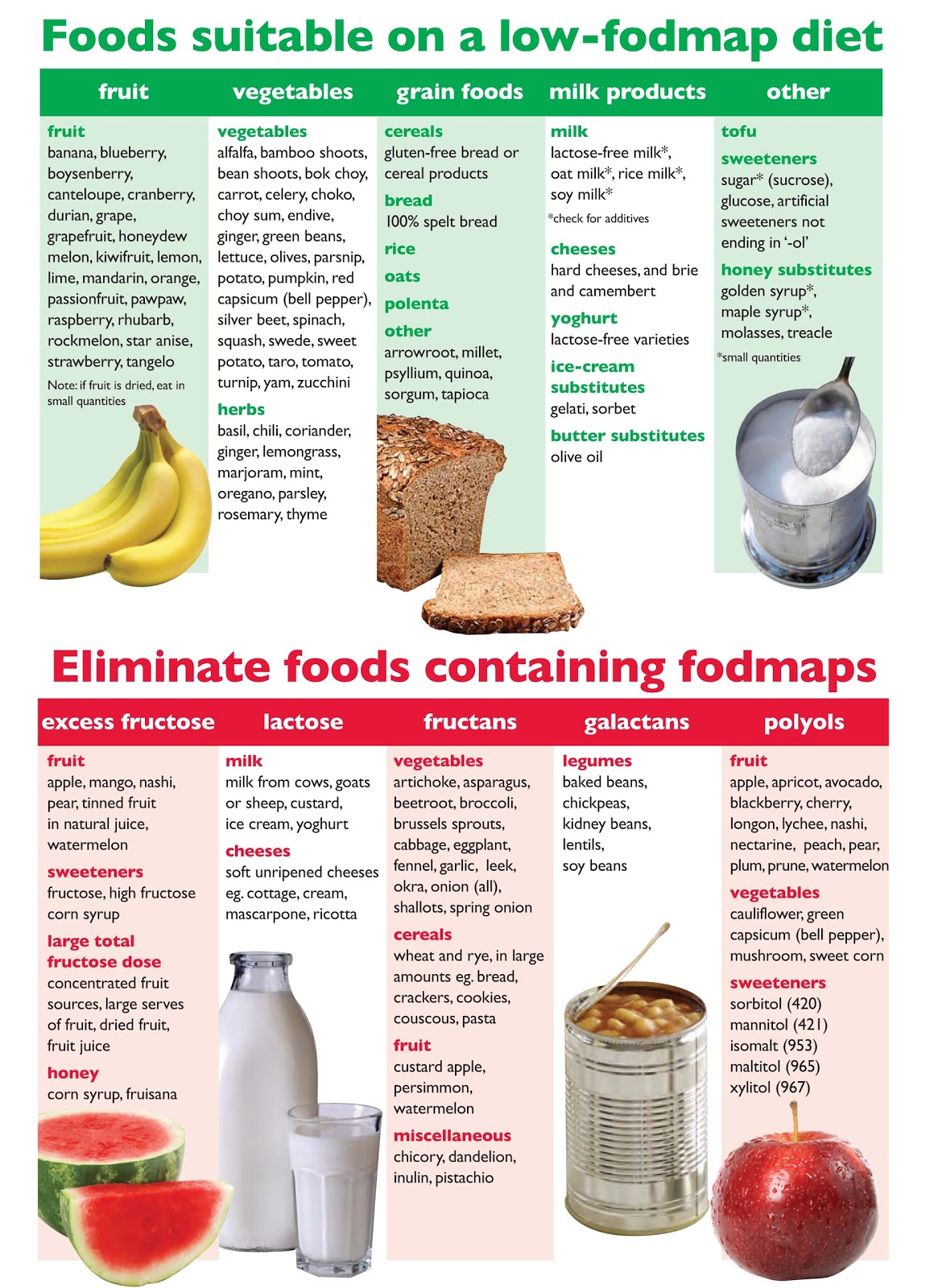Living with an irritable digestive system can be incredibly challenging. It’s not uncommon to be constantly searching for the right foods to eat and avoid, and still experience discomfort and unpredictable symptoms. One approach to managing these symptoms that has gained popularity in recent years is the low FODMAP diet. Here, we’ll take a closer look at this diet and what it entails.
What is FODMAP?
 FODMAP stands for Fermentable Oligosaccharides, Disaccharides, Monosaccharides, and Polyols. These are short-chain carbohydrates and sugar alcohols that aren’t always properly absorbed by the small intestine. As a result, they travel to the large intestine where they’re fermented by gut bacteria. This can cause gas, bloating, and other digestive symptoms in individuals with sensitive digestive systems.
FODMAP stands for Fermentable Oligosaccharides, Disaccharides, Monosaccharides, and Polyols. These are short-chain carbohydrates and sugar alcohols that aren’t always properly absorbed by the small intestine. As a result, they travel to the large intestine where they’re fermented by gut bacteria. This can cause gas, bloating, and other digestive symptoms in individuals with sensitive digestive systems.
What does the FODMAP Diet Involve?
The FODMAP diet is an elimination diet that aims to identify and eliminate high FODMAP foods from the diet, then gradually reintroduce FODMAPs to determine individual tolerance. The three phases of the diet include:
1. Elimination Phase
During this phase, high FODMAP foods are eliminated from the diet for 2-6 weeks. This includes foods like wheat, onion, garlic, apples, pears, honey, and high lactose dairy products. It’s important to work with a healthcare professional or registered dietician during this phase to ensure proper nutrient intake and avoid unintentional elimination of important nutrients. You’ll also want to monitor symptoms to determine if there’s an improvement in digestive comfort.
2. Reintroduction Phase
After the elimination phase, FODMAPs are slowly reintroduced in small amounts. This helps to determine the tolerance of individual FODMAP foods. For example, on day one of the reintroduction phase, a small amount of fructose may be added to the diet. If no adverse symptoms occur, fructose can be consumed in larger amounts throughout the day. If symptoms do occur, a further elimination of that particular FODMAP group may be needed. The reintroduction phase can take several weeks to several months.
3. Personalization Phase
The personalization phase is when an individual’s unique tolerance for FODMAPs is identified. Some individuals may tolerate small amounts of certain FODMAPs, while others may not. Based on this knowledge, a long-term and sustainable dietary plan can be created. This dietary plan will aim to reduce the intake of high FODMAP foods without unintentionally eliminating important nutrients like fiber or nutrition.
Foods to Eat and Avoid on the FODMAP Diet
The FODMAP diet can be challenging to follow, but fortunately, there are many foods that are naturally low in FODMAPs or can be easily modified to be FODMAP-friendly. Here are some foods to include in your diet:
Fruits:
- Bananas
- Blueberries
- Grapes
- Honeydew melon
- Kiwi
- Oranges
- Pineapple
- Raspberries
- Strawberries
Vegetables:
- Carrots
- Cucumbers
- Eggplant
- Lettuce
- Potatoes
- Spinach
- Zucchini
Grains:
- Corn
- Oats
- Rice
- Quinoa
Protein:
- Almonds
- Chicken
- Eggs
- Fish (except for those high in mercury)
- Tofu
On the other hand, there are also foods to avoid on the FODMAP diet. Here are some common high FODMAP foods:
Fruits:
- Apples
- Apricots
- Cherries
- Dried fruit
- Mangoes
- Nectarines
- Pears
- Plums
Vegetables:
- Artichokes
- Asparagus
- Broccoli
- Cauliflower
- Garlic
- Onions
- Peas
- Snow peas
- Sweet corn
Grains:
- Wheat
- Barley
- Rye
- Bread
- Cereals
- Pasta
Protein:
- Cashews
- Dairy products high in lactose, such as milk, ice cream, and soft cheeses
- Mushrooms
- Pistachios
- Protein supplements with high FODMAP ingredients
Conclusion
While the FODMAP diet may seem daunting at first, it has been shown to be an effective approach for managing irritable digestive symptoms. Its three-phase approach of elimination, reintroduction, and personalization can help to identify individual triggers and create a long-term, sustainable dietary plan. Remember to work with a healthcare professional or registered dietician to ensure you’re meeting your nutrient needs during the elimination phase and to monitor symptoms throughout the process. With time and patience, you may find relief from your digestive discomfort with the FODMAP diet.